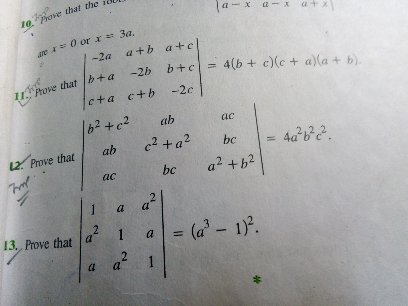
AllQuestion and Answers: Page 1747
Question Number 33989 Answers: 0 Comments: 0
Question Number 33988 Answers: 1 Comments: 0
$${give}\:{the}\:{algebric}\:{form}\:{of}\:\left(\mathrm{1}+{i}\right)^{{i}} . \\ $$
Question Number 33987 Answers: 0 Comments: 2
Question Number 33986 Answers: 0 Comments: 1
Question Number 33985 Answers: 0 Comments: 0
Question Number 33984 Answers: 1 Comments: 1
Question Number 33983 Answers: 0 Comments: 1
Question Number 33982 Answers: 0 Comments: 0
Question Number 33981 Answers: 0 Comments: 0
Question Number 33980 Answers: 0 Comments: 0
Question Number 33979 Answers: 0 Comments: 1
Question Number 33978 Answers: 1 Comments: 2
Question Number 33977 Answers: 1 Comments: 0
Question Number 33969 Answers: 2 Comments: 0
Question Number 33944 Answers: 1 Comments: 0
Question Number 33942 Answers: 1 Comments: 1

Question Number 33941 Answers: 0 Comments: 0
Question Number 33940 Answers: 3 Comments: 0
Question Number 33930 Answers: 1 Comments: 0
Question Number 33927 Answers: 0 Comments: 6

Question Number 33926 Answers: 0 Comments: 0

Question Number 33915 Answers: 2 Comments: 3
Question Number 33912 Answers: 0 Comments: 3

Question Number 33907 Answers: 0 Comments: 1

Question Number 33899 Answers: 2 Comments: 0
Question Number 33897 Answers: 2 Comments: 0
Pg 1742 Pg 1743 Pg 1744 Pg 1745 Pg 1746 Pg 1747 Pg 1748 Pg 1749 Pg 1750 Pg 1751
